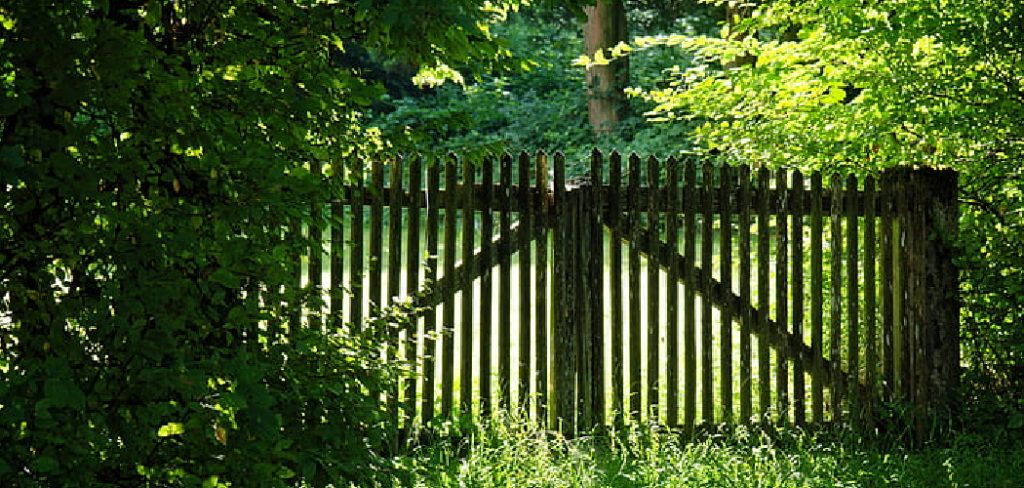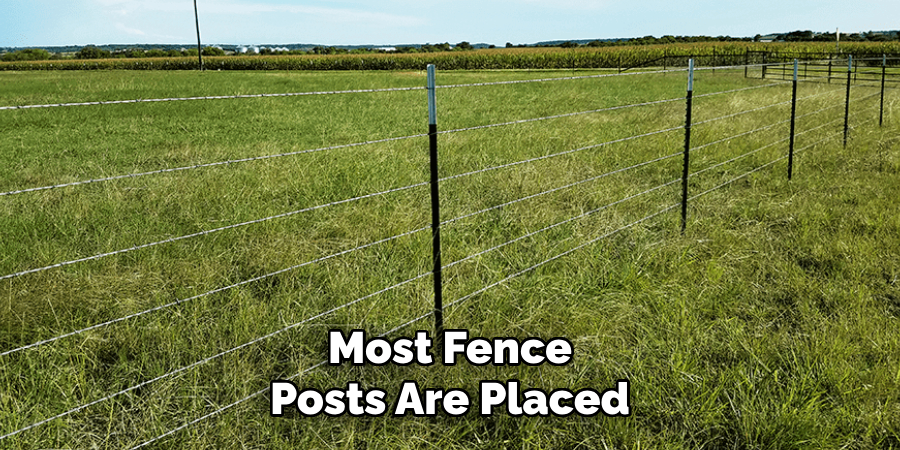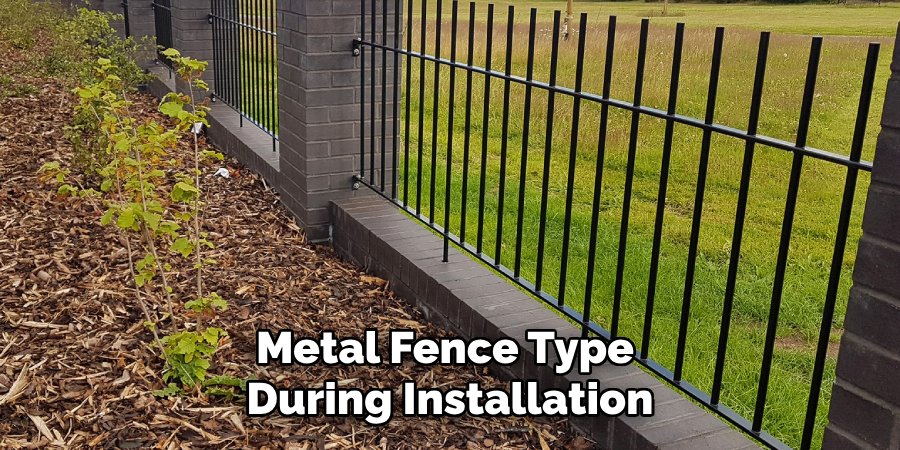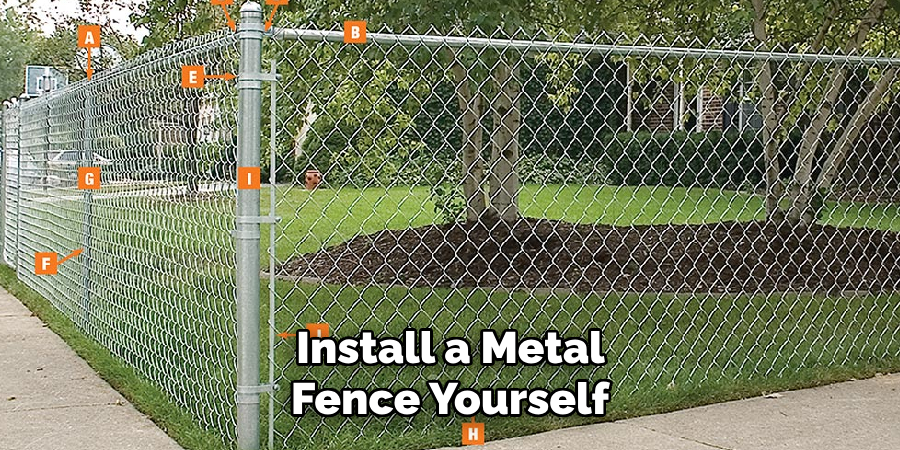Installing a metal fence requires precise measurements to ensure a proper fit and sturdy structure. Accurate measurements help in planning the amount of material needed and assist in creating a balanced and aesthetically pleasing installation.

Understanding the necessary steps involved in measuring metal fencing will prepare you for a successful project, whether you are replacing an old fence or installing a new one from scratch.
This guide on how to measure metal fence will walk you through the essential methods and tips for achieving accurate measurements for your metal fence.
Why Measure Metal Fence?
Measuring a metal fence is crucial for several reasons. Firstly, it helps in estimating the cost of materials needed for the project accurately. Secondly, precise measurements ensure that the fence fits perfectly within the designated area and aligns with any existing structures or boundaries.
Additionally, measuring a metal fence helps identify any potential obstacles or challenges that may affect the installation process. It also allows for proper planning and preparation before starting the installation.
Tools Needed for Measuring Metal Fence
Before measuring your metal fence, it is essential to have the right tools. Here are some of the tools you will need:
Measuring Tape:
A tape measure is crucial for getting accurate measurements of length, width, and height. Make sure to choose a tape measure with clear markings and a reliable locking mechanism.
String or Rope:
In some cases, it may be necessary to use a string or rope to outline the fence’s perimeter before taking measurements. This method can help visualize the fence’s placement and make adjustments if needed.
Level:
A level is essential for ensuring that your fence is straight and level once installed. It will also come in handy when measuring the height of the fence posts.
Marking Tools:
Having marking tools such as chalk, pencils, or tape can help indicate where measurements should be taken on the metal fencing material.
8 Steps on How to Measure Metal Fence
Step 1: Determine the Area
Begin by identifying the exact area where you plan to install the metal fence. Walk around the perimeter of your desired fence line and take note of any existing structures, boundaries, or obstacles that could impact the installation. Use stakes and string to outline the intended area, forming a visual guide that represents the fence’s path.

Double-check all property line boundaries to ensure the fence is appropriately positioned and that it complies with any local zoning laws or regulations. By establishing a clear and precise area, you’ll create a solid foundation for accurate measurements and a successful installation.
Step 2: Measure the Length
To get the length of your fence, stretch a measuring tape from one end of the fence line to the other. Make sure that the tape is level and straight for an accurate measurement. If your desired fence location has any curves or angles, factor those in by measuring each section individually and adding them together.
However, the end of the measuring tape is against any existing structure or boundary, and then it is extended to the opposite end. Take note of the measurements in feet and inches for later use.
Step 3: Determine the Fence Height
The height of your fence is a crucial factor that determines how much material you will need. Measure from the ground up to where you want your fence to stand, and take note of this measurement.
The height of your fence may vary depending on its purpose. For example, if you are installing a privacy fence, it is typically taller than a decorative or boundary fence.
Step 4: Measure the Width
Most metal fences consist of panels that come in standard widths, which can range from 6 to 10 feet. To get an accurate measurement for the width, measure the distance between two existing posts or structures along the desired fence line.
Make sure to take this measurement at different points along the fence line as there may be variations in land elevation and other factors that could affect the width measurements.
Step 5: Count Fence Posts
Next, count how many fence posts you will need for your installation. Most fence posts are placed every 6-8 feet along the fence line, so divide the total length of your fence by this measurement to determine how many posts you will need.

Factor in any gates or additional posts needed for corners or curves in the fence line. It is always better to have a few extra posts than not enough.
Step 6: Calculate Materials Needed
With all the essential measurements taken, it’s time to calculate how much material you will need for your metal fence installation. Multiply the total length by the width to get the square footage needed for fencing material.
Add about 10% more to account for potential waste during cutting and installation. This extra allowance can also serve as a backup if you make any mistakes during the installation process.
Step 7: Check Local Zoning Laws
Before purchasing materials and beginning your metal fence installation, it is crucial to check with your local government for any zoning laws or regulations that may apply.
Some areas have specific height restrictions for fences, especially in residential areas. It’s always best to comply with these regulations to avoid potential issues in the future.
Step 8: Seek Professional Help
If you are unsure about measuring your metal fence yourself, consider seeking help from a professional fencing contractor. They have the necessary expertise and experience to ensure accurate measurements and a successful installation.
Remember, proper measurements are crucial for a well-built and long-lasting metal fence. Take your time, use the right tools, and seek help if needed to ensure a successful installation. So, always be detailed when taking measurements and double-check your work before starting the installation process.
Following these steps on how to measure metal fence will help you measure your metal fence accurately and ensure a successful installation. By having the right tools and taking precise measurements, you’ll have a sturdy, beautiful fence to enjoy for years to come.
Additional Tips
- Always follow the manufacturer’s instructions for your specific metal fence type during installation.
- Take into consideration any terrain or landscape variations that could affect your measurements.
- If you are installing a gate, make sure to measure the opening accurately to ensure a proper fit.
- Don’t forget to factor in any additional hardware and materials needed for the installation process, such as screws, brackets, and concrete.
- Regularly check for changes in zoning laws or regulations before starting any fence installation project.
- Keep a record of all your measurements and calculations for future reference or potential repairs.
- Lastly, safety should always be prioritized when handling any tools and materials during the installation process.

Now that you have all the necessary information and tools needed, it’s time to start measuring your metal fence accurately and begin the installation process. Remember to always prioritize safety while handling tools and materials, and don’t hesitate to seek professional help if needed. Happy fencing!
Frequently Asked Questions
Q: What is the Most Important Tool for Measuring a Fence Installation?
A: The most important tool for measuring a fence installation is a tape measure. It allows you to accurately measure the length and width of your desired fence line. The level is also essential for ensuring a straight and even fence.
Q: How Do I Accurately Measure the Height of My Fence?
A: To measure the height of your fence, use a tape measure to determine how high you want your fence to stand. Make sure to measure from the ground up, and take note of this measurement.
Q: Why is it Important to Check Local Zoning Laws before Installing a Metal Fence?
A: Checking local zoning laws before installing a metal fence is crucial to ensure that you comply with any regulations or restrictions in your area. It can save you time and money in the long run by avoiding potential issues or fines.
Q: Can I Install a Metal Fence Myself or Should I Hire a Professional?
A: It is possible to install a metal fence yourself, but it requires proper measurements and knowledge of fencing installation techniques. If you are unsure, it is best to hire a professional fencing contractor to ensure an accurate and successful installation. So, always measure accurately before starting the installation process. Hiring a professional can also save you time and effort in the long run. So, make sure to do your research and determine what option is best for you based on your skills and budget.

Conclusion
Accurate measurements are crucial for a successful metal fence installation. It helps determine the amount of materials needed, identifies potential obstacles or challenges, and ensures proper planning and preparation before beginning the installation process. By following these steps on how to measure metal fence accurately, you can ensure a well-built and long-lasting fence that adds value and security to your property. Remember to double-check all measurements and consult wit.
Edmund Sumlin is a skilled author for Metal Fixes, bringing 6 years of expertise in crafting a wide range of metal fixtures. With a strong background in metalwork, Edmund’s knowledge spans various types of fixtures, from decorative pieces to functional hardware, blending precision with creativity. His passion for metalworking and design has made him a trusted resource in the industry.
Professional Focus:
- Expert in Metal Fixtures : Edmund aesthetic specializes in creating durable and innovative metal fixtures, offering both appeal and functionality. His work reflects a deep understanding of metalworking techniques and materials.
- Sustainability Advocate : He is dedicated to using sustainable practices, ensuring that every fixture is crafted with eco-friendly methods while maintaining high-quality standards.
In his writing for Metal Fixes, Edmund provides valuable insights into the latest trends, techniques, and practical advice for those passionate about metal fixtures, whether they are professionals or DIY enthusiasts. His focus on combining artistry with engineering helps others discover the true potential of metal in design.


